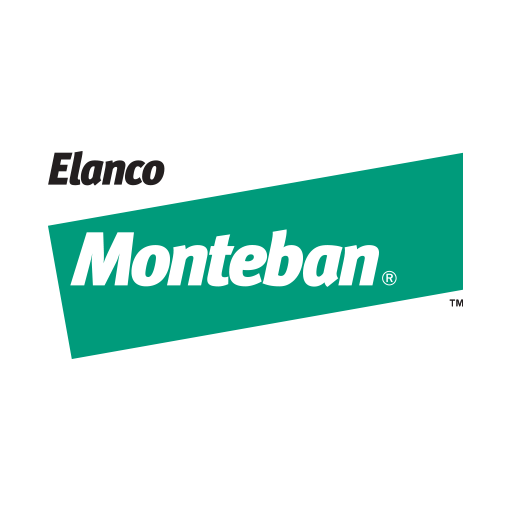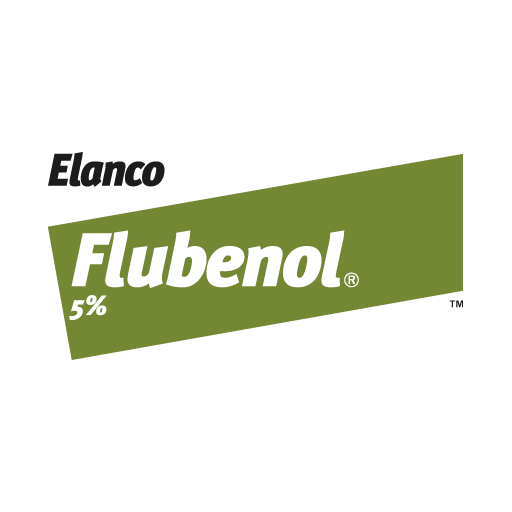The broad spectrum wormer for poultry
Flubenol™ 5% contains flubendazole, a broad-spectrum anthelmintic with high efficacy against all gastrointestinal worm species that commonly occur in poultry. It is effective against roundworms (Ascaridia galli, Heterakis gallinarum, Capillaria spp., Amidostomum anseris and Trichostrongylus tenuis), gapeworm (Syngamus trachea) and tapeworms (Raillietina sp.). Its safety profile allows a safe and secure use in most poultry species, including the breeding stock.








